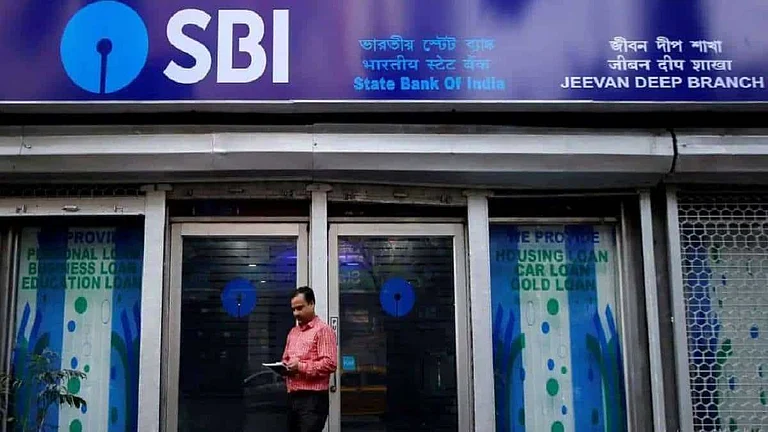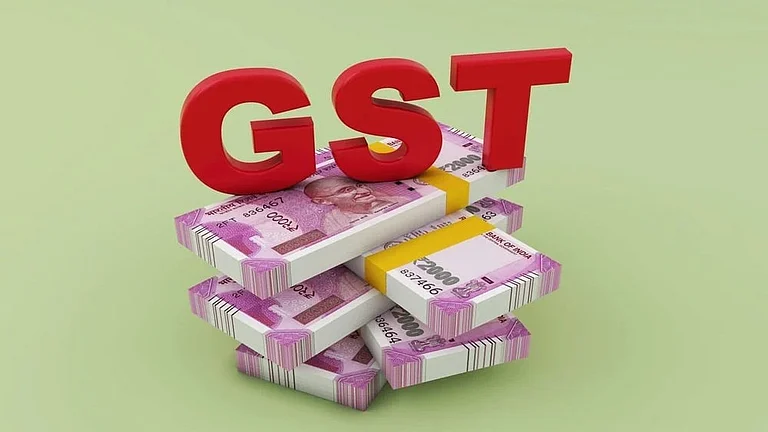What is Himachal Pradesh’s strategy for economic growth?
We are opening up tourism in Himachal. In our budget, we have made a provision for 200 five-star hotels. Hotel operators can select preferred sites and apply directly. For this, we are setting up a Tourism Promotion Council, which will soon be officially notified. As a pilot project, we are also planning four nature-based hotels across the state.
We are also building heliports in the tourism industry and by next year, all heliports will be ready. Expansion work for the Dharamshala-Kangra airport has begun.
Our second focus is on the hydro sector. Around 13,000MW have already been harnessed. If there is any state that can truly become a hub for green hydrogen, it is Himachal Pradesh.
Are you planning an investor summit? Some of India’s top industrialists have already planned their green hydrogen projects…
They should invest in Himachal. We are opening up the industrial policy in our state. And for an investor summit, yes, we are thinking about it.
How many jobs do you think this shift could create?
If we open up tourism in that direction, it will not only boost the sector but also align with our Himachali culture of hospitality. Many of our people are already working across India in hospitality and this will help create jobs for them within the state.
Our second focus [after tourism] is on the hydro sector. If there is any state that can truly become a hub for green hydrogen, it is Himachal Pradesh
There is a lot of focus on sustainable tourism. What do you think about that?
We are already promoting sustainable and responsible tourism, but over-tourism is becoming a concern. To address that, we need to plan better, build more rooms, attract high-end tourists and develop premium infrastructure.
High-end tourism brings better GST collections. Even a bottle of water that [tourists] buy or a meal at a restaurant adds to our revenue. That is why we are focusing on expanding both tourism and hydropower.
Where do you stand on the GST debate between the Centre and the southern states?
We have suffered losses under the GST regime. That is because GST is consumer-based. Baddi, Asia’s pharma hub, used to generate ₹4,000 crore for the state through VAT [value-added tax] and excise before GST was introduced in 2017.
But after GST, our revenue from Baddi dropped drastically to just ₹200–300 crore, since GST goes to the state where the goods are consumed, not produced.
To offset this, the GST council gave us ₹3,200 crore annually as compensation for five years but that ended in June 2022. Since then, Himachal has had no major industrial advantage other than tourism and hydropower. These two are our key strengths now.
How are you making sure that the rural economy is not left behind?
We are doing a lot in natural dairy industries. We are the first state to offer MSP [minimum support price] on milk, ₹51 per kg for cow milk and ₹61 per kg for buffalo milk. In addition, we are providing a ₹2 per kg freight subsidy.
We were also the first state in India to offer MSP on natural farming, what we call prakritik kheti. We are purchasing wheat at ₹60 per kg, even though the Union government’s MSP is only ₹24 per kg. We are buying maize at ₹40 per kg and turmeric at ₹90 per kg.
You had said you want to make Himachal a “full EV [electric vehicle] state”.
We have made progress. We have launched the Rajiv Gandhi Taxi Scheme, under which we are providing a 50% subsidy on EVs to unemployed youth. So far, we have introduced around 100 EVs in various government departments. In HRTC [Himachal Road Transport Corporation] as well, we are adding 300 EVs and are working to expand this further.
Are you thinking about creating talent for high-end sectors as well?
We have introduced English from Class 1. We are establishing Rajiv Gandhi Day Boarding Schools and introducing CBSE [Central Board of Secondary Education] curriculum in government schools, with 100 schools in the first phase.
In the latest education survey that comes out every three years, we have moved from the 21st to the fifth position nationally in just two years of our government. Very soon, our government schools will be better than private schools.
We are reviving the health-care system. The same robotic-surgery facilities available at AIIMS [All-India Institute of Medical Sciences] Delhi have now been introduced in Himachal Pradesh.
What help are you seeking from the Centre for these plans?
We are in constant touch with the Centre and continue to present our demands. Our economic condition is not sound; our revenue-deficit grants have significantly reduced. During the BJP’s time, [the state] used to get around ₹11,000 crore every year, now that has come down to just ₹3,000 crore.
There is a gap of ₹8,000 crore, which is hitting us hard. Despite that, we have managed to raise ₹3,000 crore from our own resources.













